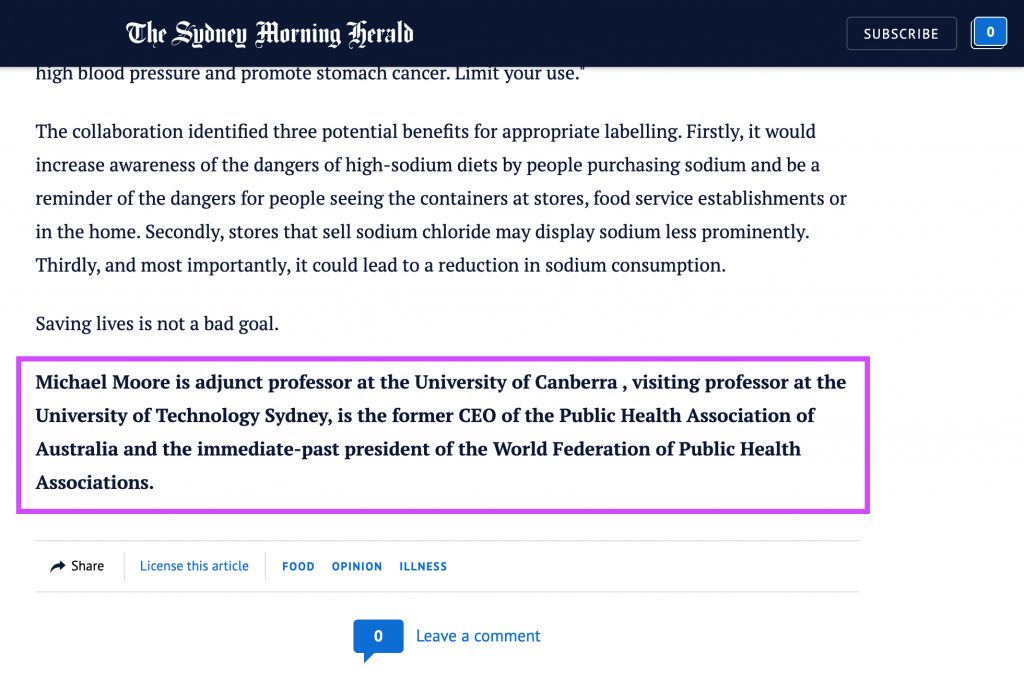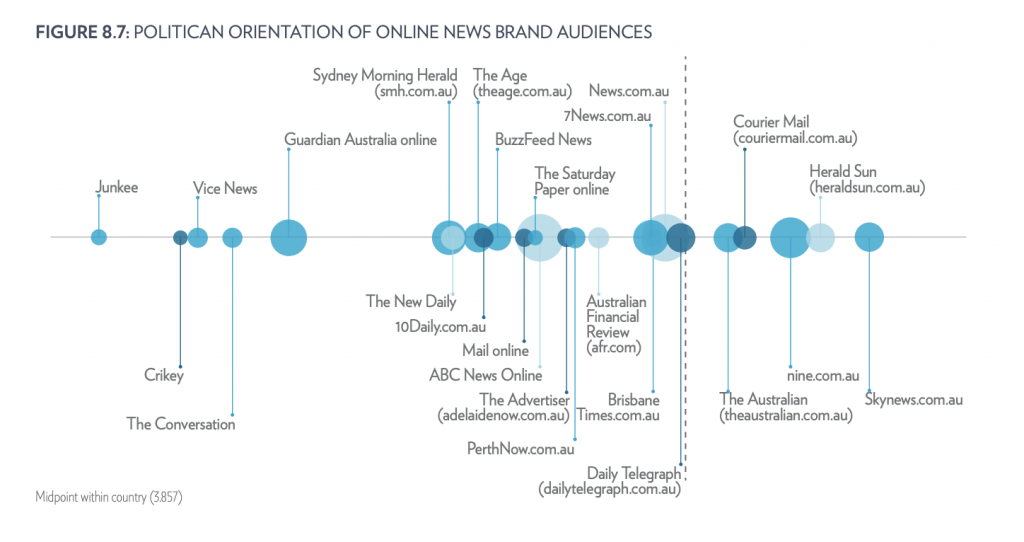We are consuming more news than ever, particularly in 2020. But are we really understanding what we see? Social media is now the number one pathway directing Australians to online news content, and while that makes it easier to share and comment on stories, there is still a place for learning how to understand the news itself.
Getting informed shouldn’t have to be intimidating or time-consuming. Having a basic understanding of how the media works and how news is produced will go a long way to helping you filter out the noise and get to the core of the important issues much faster.
So, here are three simple, useful tips to help you better understand the news you consume – and make you smarter in the process.
1. Click on the Headlines!
With the rise of digital news, we are seeing a tendency to consume only the headline and take it as the ‘essence’ of the full story. You’ll notice this on social media a lot, with people commenting on news articles when it’s clear they have taken the headline at 100% face value. Another bad habit is tagging friends in the post of a news article based on the headline – most of us are guilty of this, no judgment!
We treat headlines like a one-line summary. But that’s a misguided understanding of the role that a headline plays, particularly in the digital media landscape.
Yes, headlines signal the important element of a story and let readers know what information they can expect to find within. But headlines must also serve a second function: to trigger an emotional response in the reader.
It doesn’t matter what the emotion is – curiosity, happiness, anger, excitement, fear, or even confusion – but the twinge of feeling is what gets you to click on this story and read this piece, over the infinite other content options you are presented with everyday on the Internet. Human beings need emotions to make decisions, and that includes what information we seek out. News publishers have to spark your emotions for a split second so that you will actually want to know the information being presented.
That is what headlines do. They are slippery beasts, and writing a great headline is a skill. If editors aren’t able to trigger your interest this way, you won’t click the story which means you won’t actually be getting any real information*.
The first step to understanding the news better is to follow your emotional response. If a headline piques your interest, click on it. Read the article. Because the purpose of a headline is not to summarise the story for you, it’s to get you to pay attention in the first place.
*Of course, they also need your views to sell advertising space to brands, but that’s a separate conversation.
2. Double Check Article Tags & Labels
Not all coverage of a news topic is ‘news’. Get in the habit of checking whether what you’re reading is reporting or an opinion piece.
Reporting focuses on re-telling what happened and why, sticking more or less to the observable facts. Opinion may also explain what happened and why, but from a specific point of view. It allows for speculation, more evocative language, and for the writer to insert themselves into the story. Opinion writing tells us what someone thinks about the news, which can help us understand how issues impact specific groups.
Reading a mix of both is essential for getting a better understanding of an issue, but knowing when you’re reading one or the other is key.
There are two ways to quickly check if you’re reading an opinion piece:
1. Look at the labels or tags on the article. Most publishers will include an ‘opinion’ label close to the headline or the writer’s byline. Alternative labels may be ‘comment’ or ‘commentary’.

2. Look for the writer’s bio. Opinion pieces will often have a short bio of the writer at the very start or very end of the article. It might link out to a book, podcast, or project that they’re working on, or explain their credentials. You usually will not see this on standard news reporting. So it’s a good clue.

3. Read ‘Opposite’ News
Everyone has their favourite news site – the publisher that you think gets it right most of the time and is doing the best job of explaining complex issues, in a style you like. But reading only from the sources that you personally love creates an echo chamber around the important news information you receive. If you only get your facts from one source it will limit your ability to think critically about the news and truly understand other points of view.
Because media outlets write for their audience, the political orientation will generally match the political beliefs of that audience. In the University of Canberra’s Digital News Report 2020, they plot the political beliefs of Australia’s major news publishers on a spectrum.

On the political left are brands like Junkee and The Guardian, around the centre brands including the ABC, Daily Mail Australia and The Saturday Paper, and on the right end of the spectrum Sky News, the Herald Sun, and Nine.com.au.
If you agree with everything you read, you’re in a dangerous echo chamber. That won’t enhance your understanding of the world, but will instead stifle it.
To hack your way to wider reading:
- Find your favourite news site on this graphic and identify at least one other site on a different end on the spectrum
- Whenever you read an article you find interesting, look for the corresponding coverage on that other site
You’ll find similarities and differences in the way each publisher covers a topic, but above all you’ll develop a deeper understanding of all sides of an issue.
Ultimately, isn’t that the goal?
Editor’s Note: Here’s my working example – I noticed that I was reading a lot of the Guardian, so I have started regularly reading articles on The Australian too. I disagree with a hell of a lot of the opinion pieces and news stances. But I also agree with things I read there. What’s been the most powerful is realising that they share the same flaws, just on opposite sides of the political fence. It makes me ragey sometimes, but I’m definitely better off for it.
Do you find these news explainers valuable? Please consider supporting Zee Feed by purchasing our book How to Win Every Argument. It has the As to your Qs on the 15 biggest topics facing the world today! Buy it here now.
